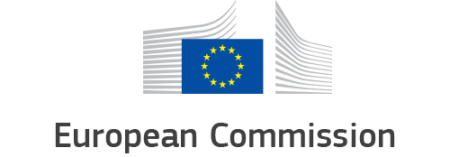Social protection for all: how can the Social Pillar and SDGs build stronger welfare states?
These last couple of years, frameworks such as the European Pillar of Social Rights at European level and the United Nation’s Sustainable Development Goals (SDGs) at a global level flourished in the field of social protection. However, concerns about the inadequacy of national social systems remain. The European Anti-Poverty Network, EAPN, has held its 2018 policy conference around this theme of universal social protection for all, at all ages and beyond employment – building on the Social Pillar and the SDGs.
Table discussions and panel debates focused on important questions such as:
- What is ‘social protection for all’?
- How can we use the Social Pillar to improve access to social protection and minimum income?
- What impact will global frameworks such as the Social Pillar and SDGs have on the national, local and individual level?
Civil society organisations across Europe have in fact been debating the impact of the efforts made by the European Union towards locking down social protection policies. Joost Korte, the Director-General of DG Employment, Social Affairs and Inclusion of the Commission put forward the advances made in the three constituting strands of the strategy: investment, legislation and execution. More budget was allocated to social funds, many proposals are currently being considered by the European Parliament and the European Semester mechanisms have never seen such high number of social recommendations in Country Specific Recommendations (CSRs) and country reports (to learn more about the Semester see here).
The adoption of strategies, objectives, soft laws or recommendations will always be vulnerable to criticism and revive the call for hard laws and commitments. Nonetheless, participants felt that the way to approach the Social Pillar and SDGs might not be in focusing on measuring the direct impact but on the new vision the UN and the EU are adopting. This vision could shift the spotlight towards social issues when it is traditionally focused on trade, markets and economic growth. Civil society organisations have the potential to support these policies but they stated they still lack communication channels to speak up at the EU level. One conclusion of the conference was that coming together to work towards the objectives of the Social Pillar and SDGs will allow all to reap the full benefits of the frameworks in the face of the challenges ahead.



 This website received support from the EPR framework partnership agreement with the European Commission, DG Employment, Social Affairs and Inclusion for 2018-2022 from the EU Programme for Employment and Social Innovation (EaSI). For further information please consult:
This website received support from the EPR framework partnership agreement with the European Commission, DG Employment, Social Affairs and Inclusion for 2018-2022 from the EU Programme for Employment and Social Innovation (EaSI). For further information please consult: